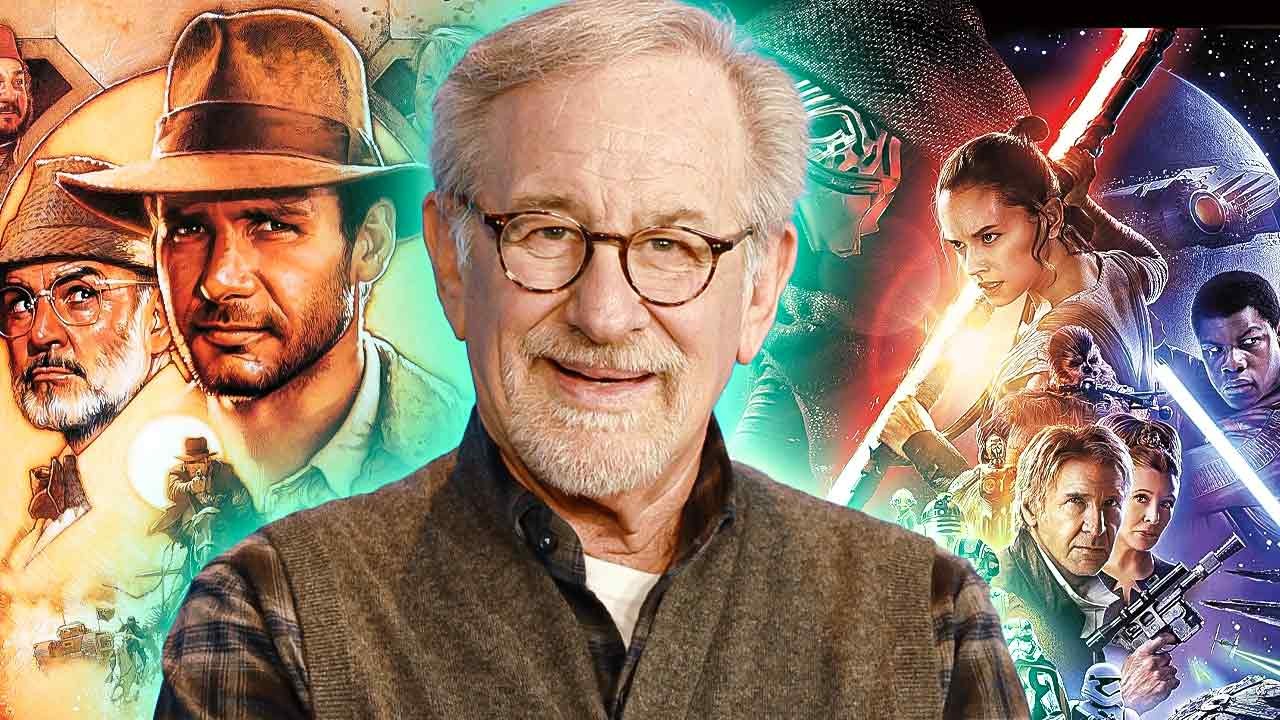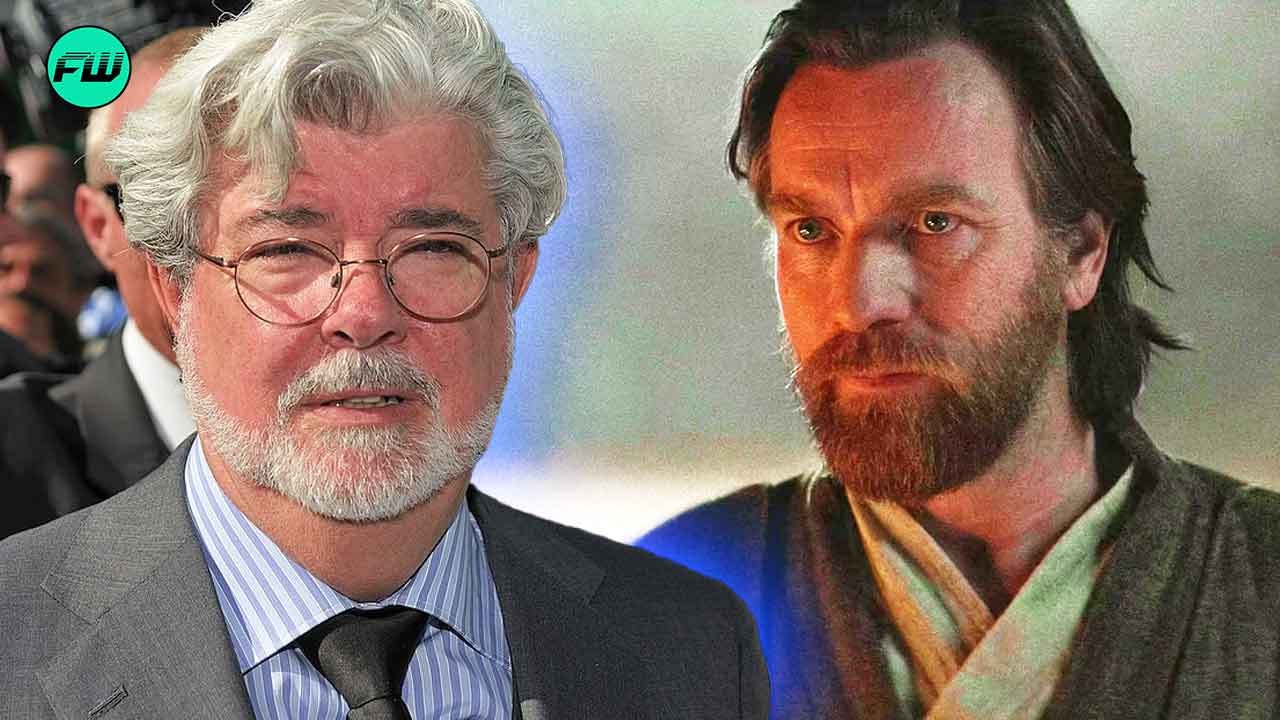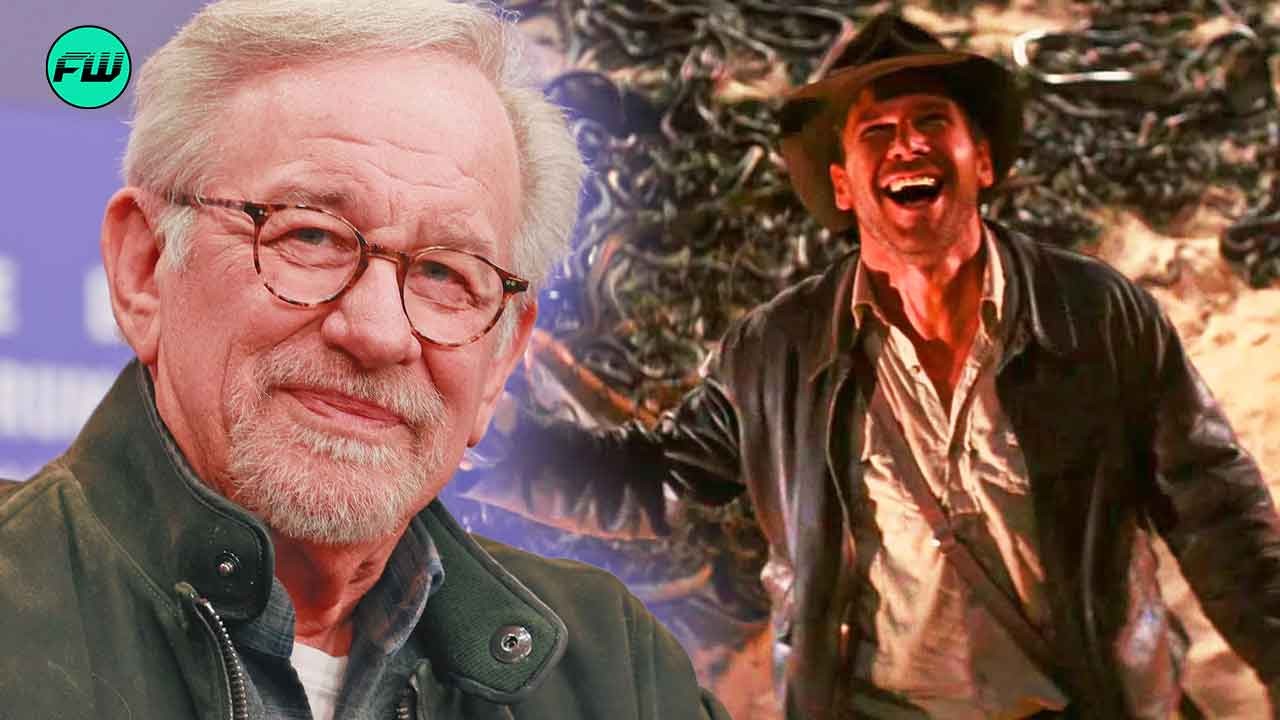George Lucas launched the Star Wars franchise in 1977 which has become ingrained in modern pop culture. A few years later, Lucas crafted a different action-adventure franchise with the first installment of the Indiana Jones films released in 1981, which was directed by his dear friend Steven Spielberg.
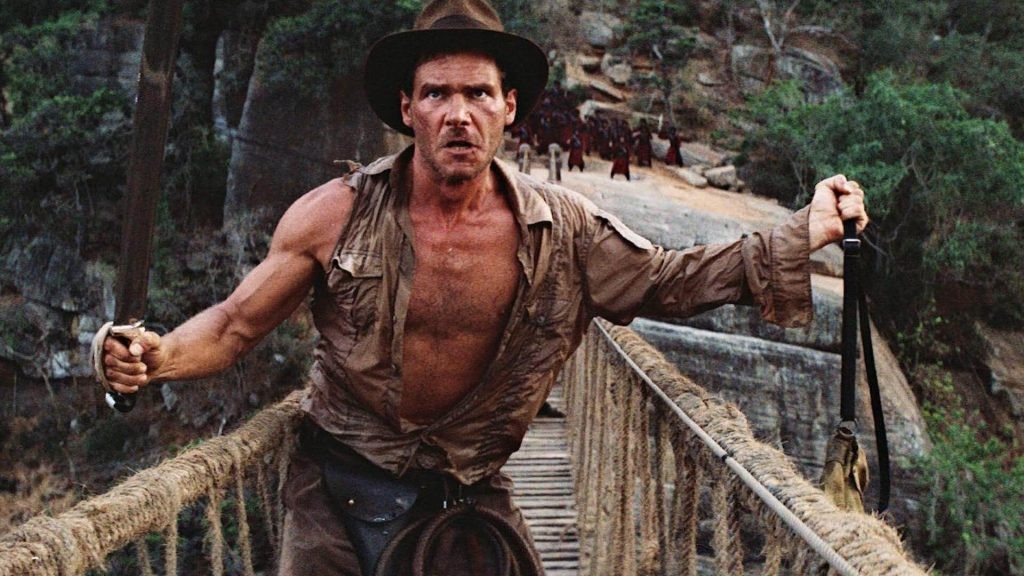
After the success of the first installment, Lucas and Spielberg reunited to craft the next chapter in the Indiana Jones saga, and worked on The Temple of Doom. However, the sequel was a stark departure from the previous installment, especially in terms of its tone and more in line with the second installment in Lucas’ Star Wars trilogy. Here is how Indiana Jones was better off following in the footsteps of the Star Wars franchise.
George Lucas Opted For a More Darker Tone For the Indiana Jones Sequel
Directed by Steven Spielberg, Indiana Jones and the Temple of Doom was released in May 1984. The film is a sequel to 1981’s Raiders of the Lost Ark but is set before its events. Unlike its predecessor, the film has a notably darker tone, which is reflected heavily in its plot, characters, and action sequences.
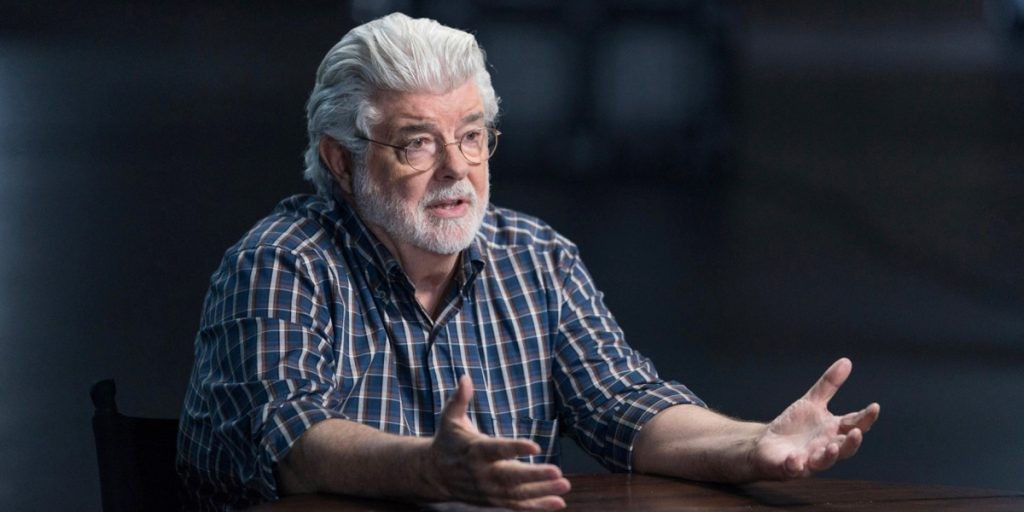
During an interview with Empire, Spielberg admitted that the darker tone of Temple of Doom was a bit ahead of time for his sensibility as a filmmaker. Instead, he attributed the darker tone to George Lucas‘ personal struggles.
George was going through a dark period. He certainly inspired [Irvin] Kershner to shoot a very dark second act in the first Star Wars trilogy and he wanted the second Indiana Jones to be very, very, dark.
Spielberg made the above statement, explaining how Lucas wanted the Indiana Jones franchise to follow the same trope as his Star Wars franchise.
The second installment of Lucas’ original Star Wars trilogy, Empire Strikes Back, also has a darker tone compared to the more light-hearted first installment. Therefore, Temple of Doom was tonally much darker as Lucas intended for it to be the equivalent of Empire Strikes Back.
Following George Lucas’ Star Wars Trope Greatly Benefitted Indiana Jones
Despite its darker tone, Temple of Doom emerged as a financial success, grossing $333.1 million, almost on par with the $367.4 million gross of its predecessor. Although the film’s critical reception wasn’t as positive compared to the first installment, Temple of Doom was still received favorably.
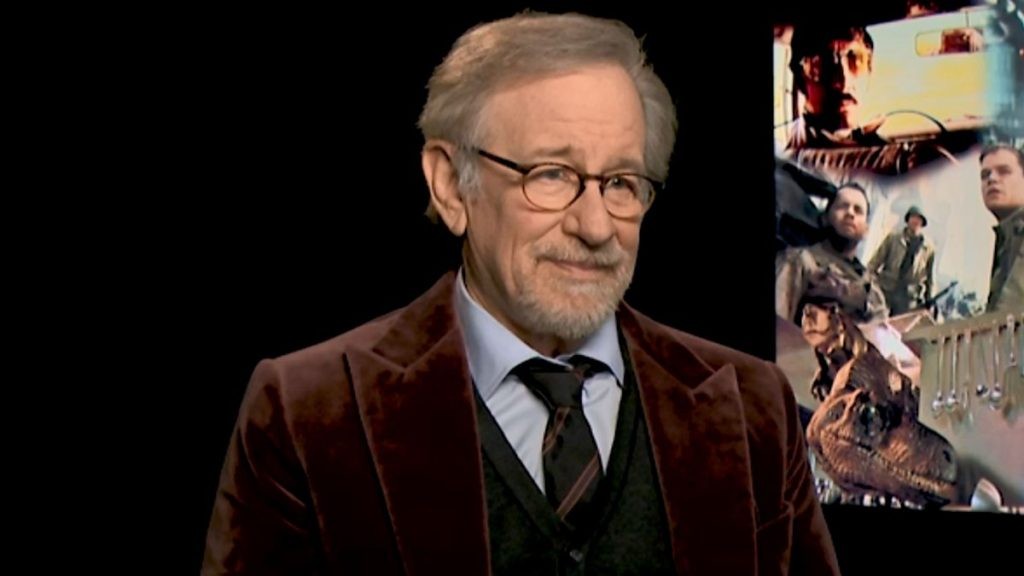
Over the years, the film has received flack for his treatment of different races but is mostly remembered fondly by fans of the franchise. It is often considered one of the best films in the series, and a large reason for that has to do with the movie’s darker tone, which allowed Spielberg to explore a different side of Harrison Ford’s Indiana Jones.
Furthermore, when it was time to craft the third installment in the series, Lucas and Spielberg returned to the light-hearted and more fun-filled tone of the first installment. As a result, Indiana Jones and the Last Crusade emerged as an even bigger critical success, grossing roughly $474.2 million at the global box office.
Ultimately, following the Star Wars trope greatly benefitted the franchise, as it allowed the filmmakers to keep things fresh without simply retreading what had been done before. Hence, despite his initial criticism of a darker Indiana Jones film, Spielberg must be thankful for Lucas as the darker tone added a new life to the franchise.
The Indiana Jones films are streaming on Disney+.

